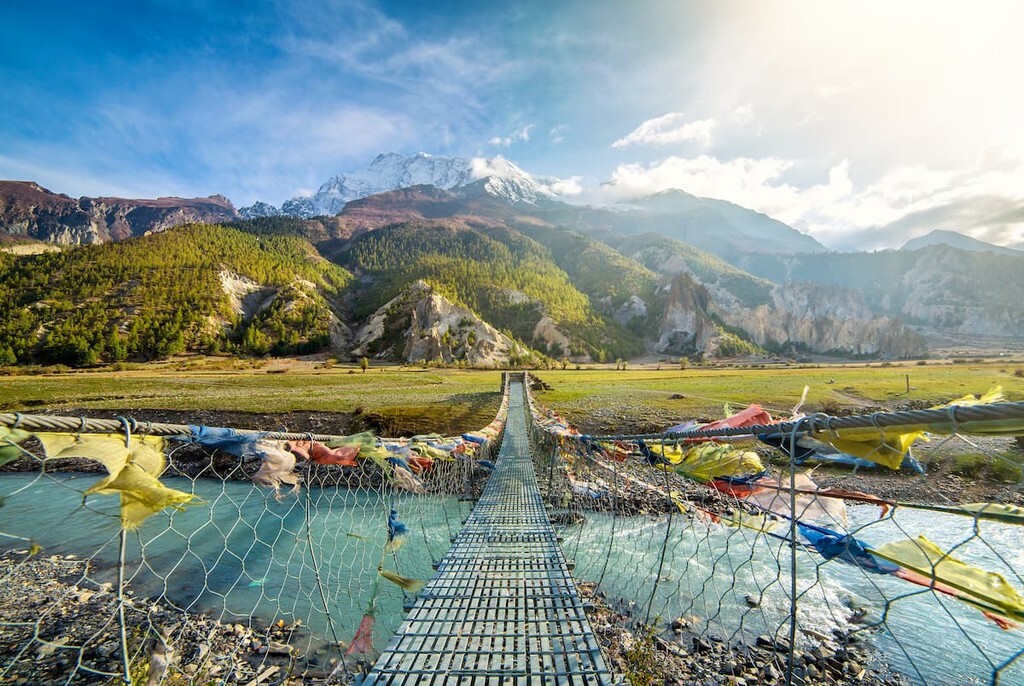Pokhara, a city of enchanting landscapes and cultural richness, is not only a haven for tech enthusiasts attending WordCamp but also a gateway to wildlife and conservation wonders. As you prepare for the conference, consider extending your stay to explore the diverse ecosystems and conservation efforts that thrive in the vicinity. Here’s a guide to the wild side of Pokhara, offering WordCamp attendees a chance to connect with nature and contribute to conservation.
Annapurna Conservation Area: Where Nature Reigns Supreme
Step into the majestic Annapurna Conservation Area, a vast expanse surrounding Pokhara. This protected area is home to a rich variety of flora and fauna, including elusive snow leopards, Himalayan tahr, and an array of bird species. Consider taking a guided trek or nature walk to witness the biodiversity that makes this region a conservation success story.
Ghachowk Community Forest: A Sustainable Oasis

Just a short drive from Pokhara, Ghachok Community Forest stands as a testament to community-driven conservation. WordCamp attendees can immerse themselves in the greenery, participate in tree-planting initiatives, and engage with local communities dedicated to preserving the natural beauty of their surroundings.
Kaskikot Khapredhunga Community Forest: Birdwatcher’s Paradise
For those with an affinity for feathered friends, the Kaskikot Khapredhunga Community Forest is a must-visit. Grab your binoculars and explore this community-led conservation area known for its diverse birdlife. From vibrant sunbirds to majestic eagles, it’s a haven for birdwatchers seeking a tranquil escape.
Begnas Lake: A Wetland Gem
Begnas Lake, a serene body of water near Pokhara, is surrounded by wetlands that contribute to the region’s biodiversity. As you enjoy the scenic views, keep an eye out for migratory birds that find refuge in the wetlands. Learn about conservation efforts aimed at preserving this vital ecosystem.
Dhorpatan Hunting Reserve: Unique Features of Conservation and Sustainable Hunting

Venture a bit farther to the Dhorpatan Hunting Reserve, a distinctive destination for those interested in conservation and sustainable hunting practices. Managed by local communities, this reserve allows for controlled hunting of select species, contributing to conservation and local livelihoods. It boasts diverse flora and fauna, including blue sheep, Himalayan tahr, and pheasants. Explore the reserve responsibly and witness the coexistence of conservation and sustainable practices.
Butterfly Park: Fluttering Beauties in Flight
Discover the magical world of butterflies at the Pokhara Butterfly Park. This conservation initiative not only showcases the vibrant fluttering beauties but also educates visitors about their crucial role in maintaining ecological balance. It’s an ideal destination for those interested in the delicate intricacies of butterfly conservation.
International Mountain Museum: Conservation Through Education
While not exclusively focused on wildlife, the International Mountain Museum in Pokhara emphasizes the importance of conserving mountain ecosystems. Gain insights into the environmental challenges faced by the region and learn how conservation efforts contribute to preserving the unique biodiversity of the Himalayas.
Tips for Responsible Exploration:
Choose Eco-Friendly Accommodations: Opt for accommodations with eco-friendly practices to minimize your environmental impact.
Respect Wildlife: While exploring, maintain a respectful distance from wildlife and refrain from disturbing their natural behaviours.
Support Conservation Initiatives: Contribute to local conservation efforts by participating in community programs or making a donation to relevant organizations.
By exploring the wildlife and conservation wonders around Pokhara, WordCamp attendees can not only unwind in nature’s embrace but also contribute to the preservation of these invaluable ecosystems. As you absorb the beauty of the region, remember that sustainable practices and responsible tourism play a vital role in ensuring these wild wonders endure for generations to come.

